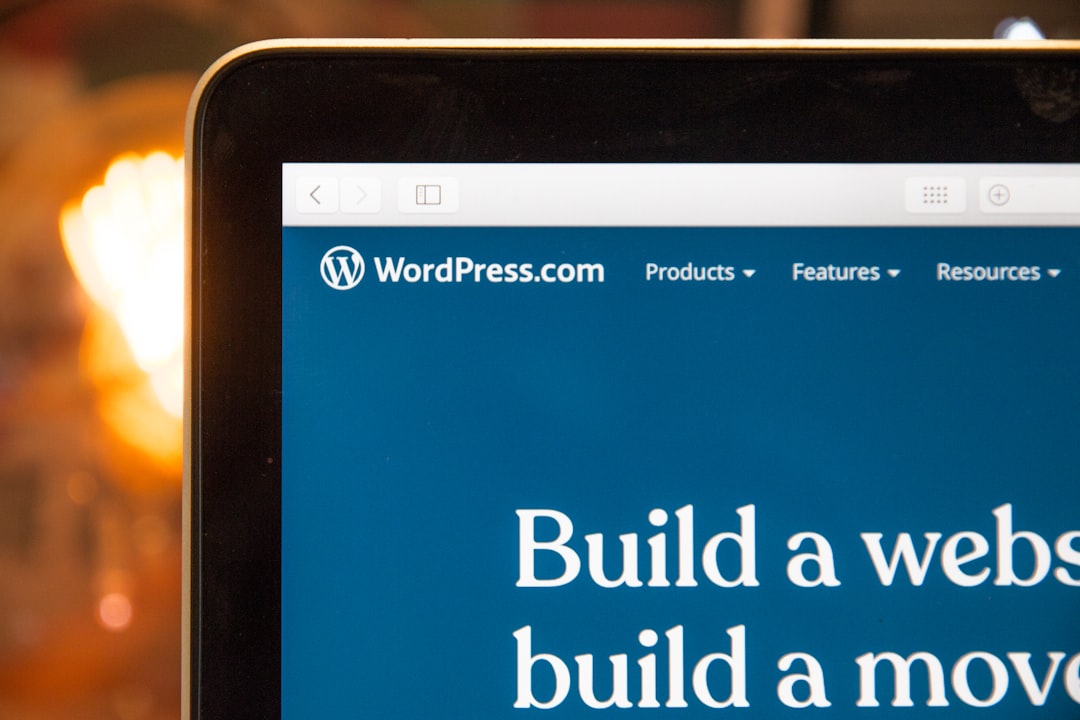In Use:
Not only do most businesses choose WordPress but it’s one of the oldest CMS software to date. Released in 2003 – WordPress is a free open-sourced software – meaning that developers can add, modify, and build plugins to augment the software. While there are fees associated with creating a website such as purchasing a domain name and hosting fees – WordPress itself is free.
Users can customize the look and feel of their website using numerous front and back end plugins. Need to create a contact form? There’s a plugin for that. Need a firewall – there’s a plugin for that. Need to edit a photo or video? You get the picture – there’s a plugin for just about anything. And if there isn’t – because it’s open-sourced one can be developed. Any type of website can be built in WordPress. Because it’s a content management system – you have control over every element of the website opposed to a website builder where you have control on the look and feel of the website but not necessarily the backend.
Ease of Use:
WordPress has a variety of website templates or “themes” that a nonprofit can choose from. Once implemented – a nonprofit organization can begin to customize it. The “Ease of Use” depends on whether or not a person or nonprofit is web savvy. WordPress is unfairly compared against website builders such as Wix or Weebly when essentially it’s different and more complex because it management every aspect of content from blog posts, event registration, newsletters, gated assets, and the website itself. So compared to Wix or Weebly – it is trickier and the learning curve is exponentially higher. Compared to other content management systems such as Drupal or Squarespace it’s easier to use and has a lower overhead cost – which significantly benefits nonprofits.
When it comes to WordPress, it can often take time it takes maneuvering code on the backend – to get your website exactly the way you want it. Edits in WordPress are not done in “real time” which means you must go back and forth between the editor and the “live view” to make sure you like the way it look.
Content Management Systems can be confusing and rely heavily on HTML/CSS knowledge. Because of this – I wouldn’t say WordPress is particularly easy to use from the start. The good news is that WordPress has an enormous community that are ready to help and support beginners. Whether that means asking for tips and tricks, hiring a freelance web designer, or taking classes to improve your skills.
Along with classes, WordPress offers a wide range of instructional videos, and documentation. They also offer a Live Chat feature if a nonprofit has any questions. Depending on HTML knowledge – a nonprofit may have to hire a web developer to initially design and build their website – but with the numerous assets available – a nonprofit shouldn’t have any problems maintaining it when it’s been created.
Technology Used:
WordPress is available on the cloud – so no additional technology is needed. In terms of integrations- WordPress has about 54,000 plugins can source. Companies that have created WordPress plugins include Google, HubSpot, and Mailchimp.
It’s important to have good security protection for your WordPress website. Because of its popularity – many websites are vulnerable to hackers and cyber threats. This is arguably the biggest disadvantage of a WordPress website.
Recap:
WordPress is a content management system that allows businesses and nonprofits to create and manage their content such as a website, blog, or gated assets. It does have the ability to go further and host landing pages. WordPress is the most common content management system to date having more than half of the market share today. Because of its notoriety and the fact that it is open-sourced there are many plugins a company can take advantage of to enhance their content.
Advantages:
- Free and open-sourced
- Over 54,000 plugins and integrations
- Cloud-based
- Customizable
Disadvantages:
- Learning curve is high
- Vulnerable to hackers and security threats
- Chances are you will need to hire a developer to get your website off the ground
- While the service itself is free – there are costs associated with developing and maintaining your content
My Opinion
As someone who has a WordPress site (shameless plug) I’ve always found WordPress and other content management systems daunting to the point where I put off creating a website for years. Finally, I hired a freelance web developer to create my website for me which came at a cost. Because it wasn’t an exuberant amount of money – hiring a freelance web developer would not break the bank of a small nonprofit – which enables them to get a clean, sophisticated website.
I can say without a doubt that I never would have been able to create the look and feel of my website by creating it myself. To create a sophisticated website on WordPress - you need to know code and if you don’t know code – then you need to hire someone that does. The good news is that once my website was built I felt comfortable in the tool to maintain it.
Overall, I would recommend WordPress because the possibilities are endless with what you can create. However, I would be prepared to hire a web developer to help you create, maintain, and secure your website because it’s too hard to do it yourself unless you have coding experience.













